Introduction
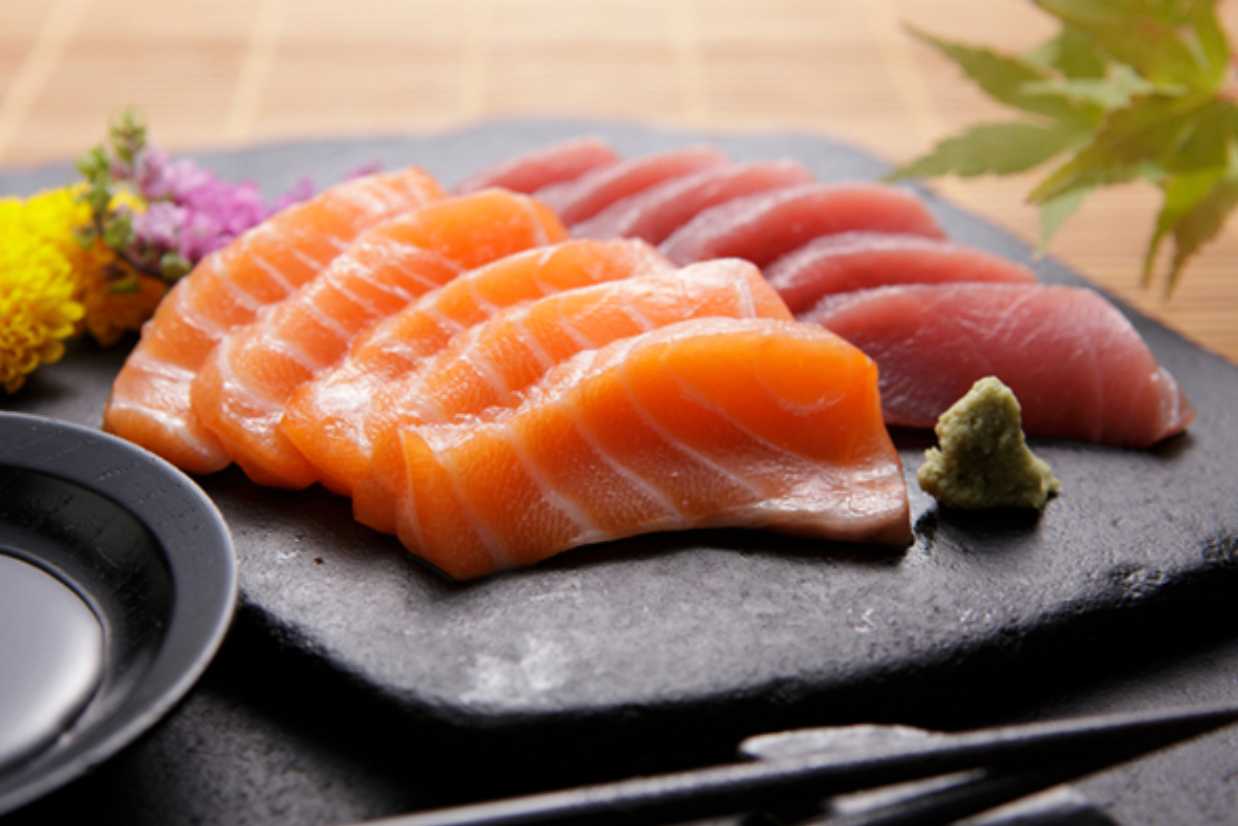
Salmon has become synonymous with luxury dining, with its delectable taste and vibrant color making it a highly sought-after seafood. However, this popularity comes at a price. The cost of salmon has been a subject of curiosity and scrutiny among consumers. There are various factors that contribute to the high price of salmon, including aquaculture practices, wild salmon harvesting, global demand and supply, and the quality and sustainability of the fish. Understanding these factors can help consumers make informed decisions when purchasing salmon and appreciate the value behind this premium seafood.
Overview Of The Topic
The cost of salmon has been a point of curiosity and examination among consumers. This article explores the factors contributing to the high price of salmon, including aquaculture practices, wild salmon harvesting, global demand and supply, and the quality and sustainability of the fish. Understanding these factors is crucial in making informed decisions when purchasing salmon and appreciating the value behind this premium seafood. By delving into the complexities of aquaculture, wild salmon fishing, market demand, and quality standards, readers will gain valuable insights into why salmon is perceived as an expensive delicacy.
Importance Of Understanding The Cost Of Salmon
Understanding the cost of salmon is important for consumers to make informed decisions when purchasing this premium seafood. By understanding the factors that contribute to its high price, such as aquaculture practices, wild salmon harvesting, global demand and supply, and the quality and sustainability of the fish, consumers can better appreciate the value behind the cost. This knowledge allows consumers to support sustainable practices and make choices that align with their preferences and values. It also helps consumers to assess the quality and ensure they are getting a product that meets their expectations. Ultimately, understanding the cost of salmon allows consumers to make educated choices and fully enjoy the experience of eating this delicacy. [3] [4]
Aquaculture Practices
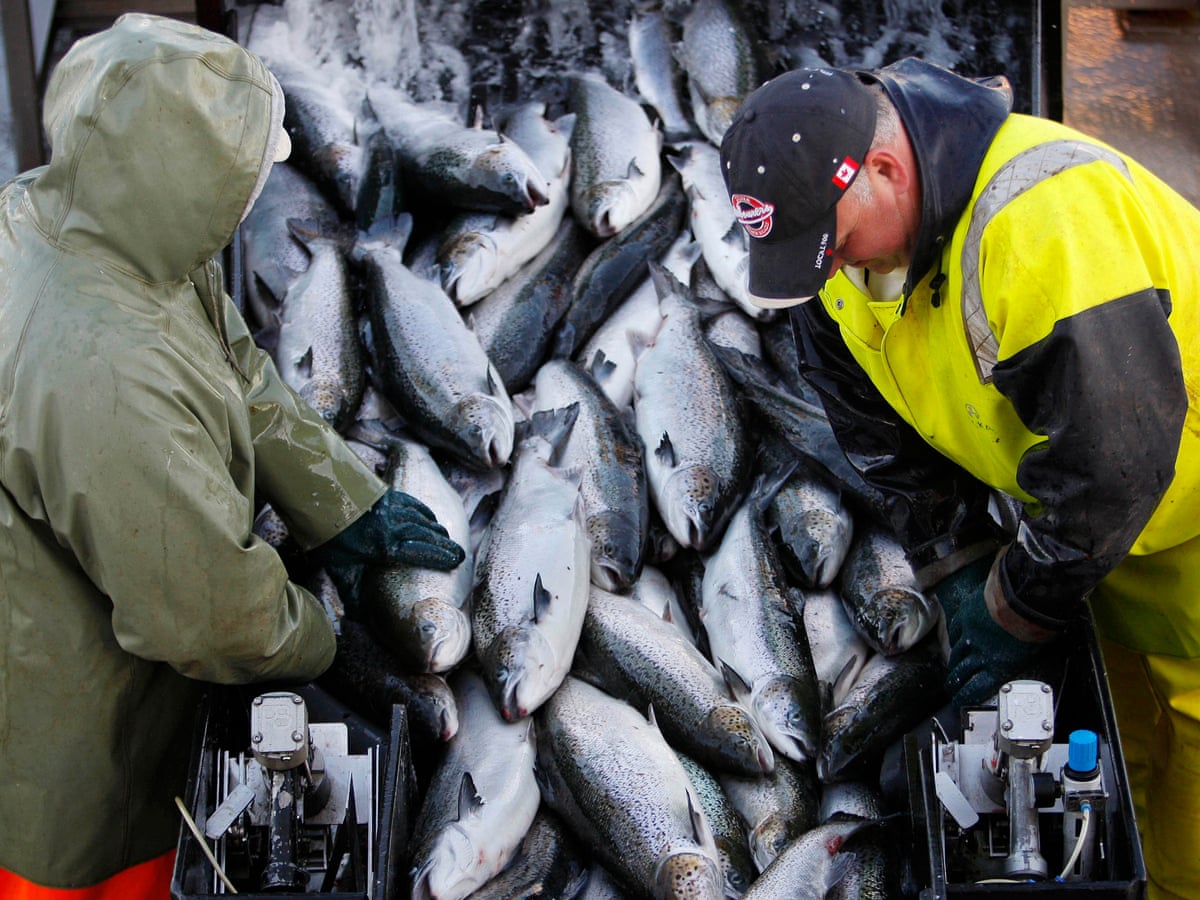
Aquaculture practices play a significant role in determining the cost of salmon. Farmed salmon is a popular option due to its availability and consistent supply. However, the process of raising salmon in fish farms involves various factors that contribute to its expense. These include the cost of feed, maintenance of optimal water quality, disease prevention measures, and the overall investment in infrastructure and technology. Additionally, sustainable aquaculture practices, such as reducing environmental impacts and ensuring fish welfare, can also increase the production costs but are crucial for the long-term viability of the industry. Therefore, these factors influence the pricing of farmed salmon.
Impact Of Aquaculture On Salmon Prices
Aquaculture practices play a significant role in determining the cost of salmon. Farmed salmon is a popular option due to its availability and consistent supply. However, the process of raising salmon in fish farms involves various factors that contribute to its expense. These include the cost of feed, maintenance of optimal water quality, disease prevention measures, and the overall investment in infrastructure and technology. Additionally, sustainable aquaculture practices, such as reducing environmental impacts and ensuring fish welfare, can also increase the production costs but are crucial for the long-term viability of the industry. Therefore, these factors influence the pricing of farmed salmon. [7]
Factors Affecting The Cost Of Raising Salmon In Fish Farms
Several factors contribute to the cost of raising salmon in fish farms. These include the price of feed, which accounts for a significant portion of the expenses. Maintaining optimal water quality is essential for the health and growth of the fish, requiring investments in filtration systems and monitoring equipment. Disease prevention measures, such as vaccinations and regular health checks, also add to the overall expenses. Additionally, the infrastructure and technology required for efficient aquaculture operations come at a cost. All these factors combined influence the pricing of farmed salmon. [7][9]
Wild Salmon Harvesting
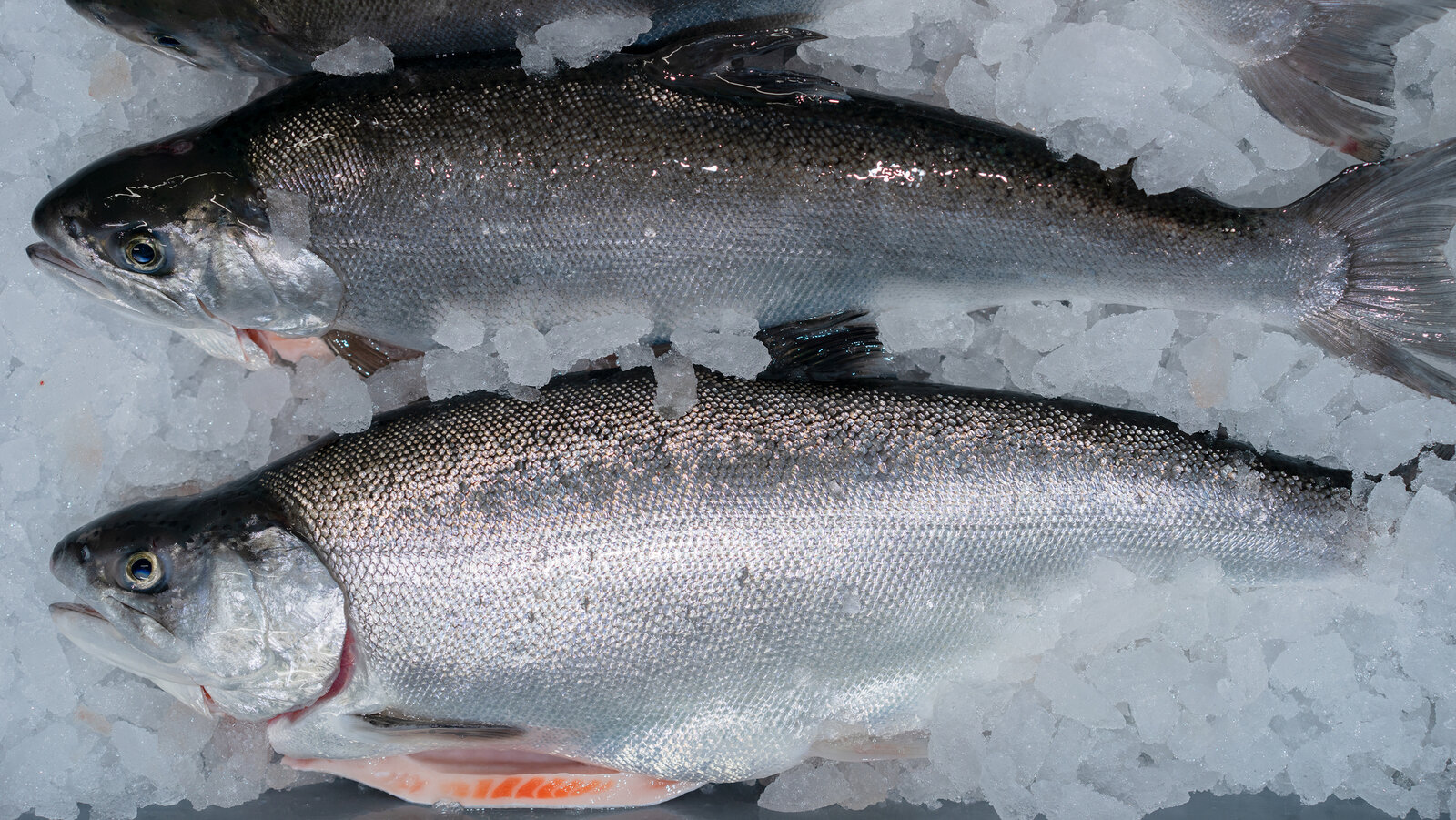
Wild salmon harvesting involves the process of catching wild salmon from their natural habitats, typically in rivers, streams, or the open ocean. Commercial fishermen use various methods such as gillnetting, trolling, and seining to catch these fish. However, there are significant challenges associated with wild salmon fishing, including the unpredictable nature of salmon runs, limited fishing seasons, and the need to adhere to strict regulations to protect the sustainability of wild salmon populations. These factors can impact the availability and price of wild salmon in the market, making it a more expensive option compared to farmed salmon. [12]
References:
Challenges Of Wild Salmon Fishing
Wild salmon fishing poses significant challenges for commercial fishermen. One of the main challenges is the unpredictable nature of salmon runs. Salmon populations fluctuate from year to year, making it challenging to predict when and where the fish will be abundant. Additionally, limited fishing seasons and strict regulations aimed at protecting the sustainability of wild salmon populations further compound the challenges. These factors often result in shorter fishing seasons and restricted fishing areas, reducing the availability of wild salmon and driving up prices in the market.
Environmental And Regulatory Factors Influencing Wild Salmon Availability And Price
Environmental and regulatory factors play a crucial role in shaping the availability and price of wild salmon. Overfishing and habitat destruction have led to a decline in wild salmon populations, making them more scarce and expensive. Conservation measures and strict regulations have been implemented to protect wild salmon, limiting fishing seasons and areas. These measures aim to maintain sustainable salmon populations and prevent further depletion. As a result, the restricted availability of wild salmon drives up its price in the market. Consumers can expect to pay a premium for wild salmon due to these environmental and regulatory factors.
Global Demand And Supply
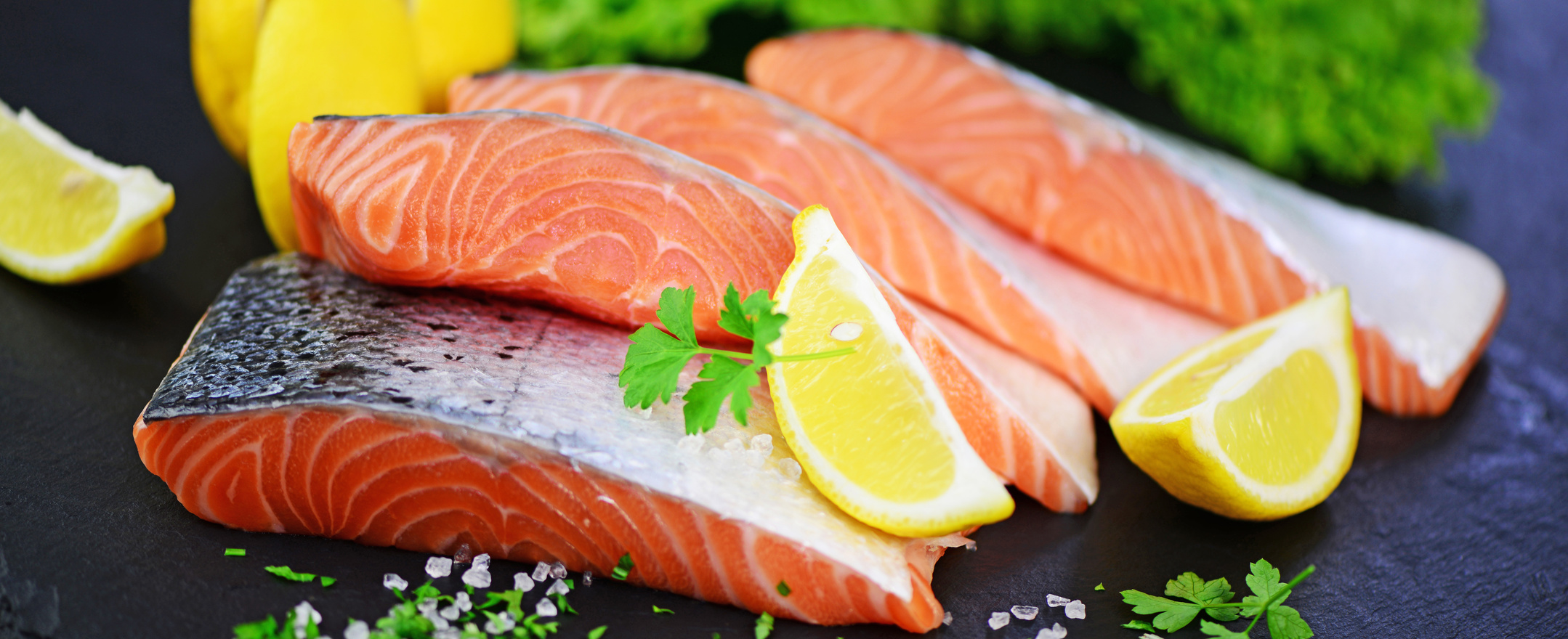
The demand for salmon has been steadily increasing on a global scale, driven by its popularity as a healthy and versatile protein source. Countries like the United States, Japan, and Europe have a high demand for salmon, leading to increased prices due to limited supply. Additionally, the growth of the middle class in emerging economies has further fueled the demand for salmon. However, wild salmon populations are limited, and the volume of farmed salmon production can only meet a certain portion of the demand. This supply-demand imbalance contributes to the higher cost of salmon in the market.
Increasing Global Demand For Salmon
The demand for salmon has been steadily increasing on a global scale due to its popularity as a healthy and versatile protein source. Countries like the United States, Japan, and Europe have a high demand for salmon, driven by changing consumer preferences towards healthier food options. Additionally, the growth of the middle class in emerging economies has further fueled the demand for salmon. As a result, the global demand for salmon continues to rise, leading to increased prices in the market. This high demand showcases the value that consumers place on the nutritional benefits and culinary versatility of salmon.
Limited Supply And Its Effect On Pricing
The limited supply of salmon plays a significant role in driving up its price. Factors such as overfishing, habitat destruction, and natural fluctuations in salmon populations contribute to the scarcity of wild salmon. Additionally, the time-consuming process of raising salmon in fish farms and the need for strict environmental regulations further limit the supply. With the demand for salmon continuing to rise globally, the limited supply creates a situation of shortage, leading to increased prices in the market. This scarcity of supply further adds to the premium cost of salmon. [22]
Quality And Sustainability
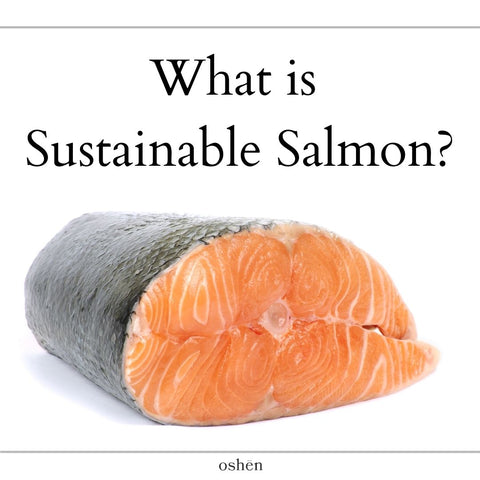
The quality of salmon is an important factor that contributes to its price. High-quality salmon is often sourced from well-managed fisheries or reputable fish farms that prioritize sustainable practices. These practices ensure that the salmon is raised in a healthy environment, fed a proper diet, and handled carefully during processing. The result is a superior product that offers better flavor, texture, and nutritional value. Consumers who are willing to pay a premium for high-quality salmon are not only getting a better eating experience, but they are also supporting sustainable fishing practices that protect the long-term viability of salmon populations and their ecosystems.
The Correlation Between Quality And Price Of Salmon
The correlation between the quality and price of salmon is undeniable. High-quality salmon, sourced from well-managed fisheries or reputable fish farms, comes at a premium price. The superior flavor, texture, and nutritional value of these salmons are a result of their healthy environment, proper diet, and careful handling during processing. Consumers who are willing to pay more for quality salmon not only enjoy a better eating experience but also support sustainable fishing practices. These practices ensure the long-term viability of salmon populations and their ecosystems. The higher price reflects the commitment to quality and sustainability that goes into producing the salmon. [25]
Sustainable Practices And Their Impact On Salmon Cost
Sustainable practices play a crucial role in determining the cost of salmon. Fisheries and fish farms that prioritize sustainability invest in responsible fishing and aquaculture techniques. These practices focus on maintaining the health of salmon populations, minimizing environmental impact, and ensuring long-term viability of the industry. While these sustainable practices may increase production costs, they contribute to the overall quality and reputation of the salmon. Consumers who support sustainable fishing are willing to pay a premium for salmon that is sourced ethically and harvested in a way that preserves the health of our oceans. [28]
Conclusion
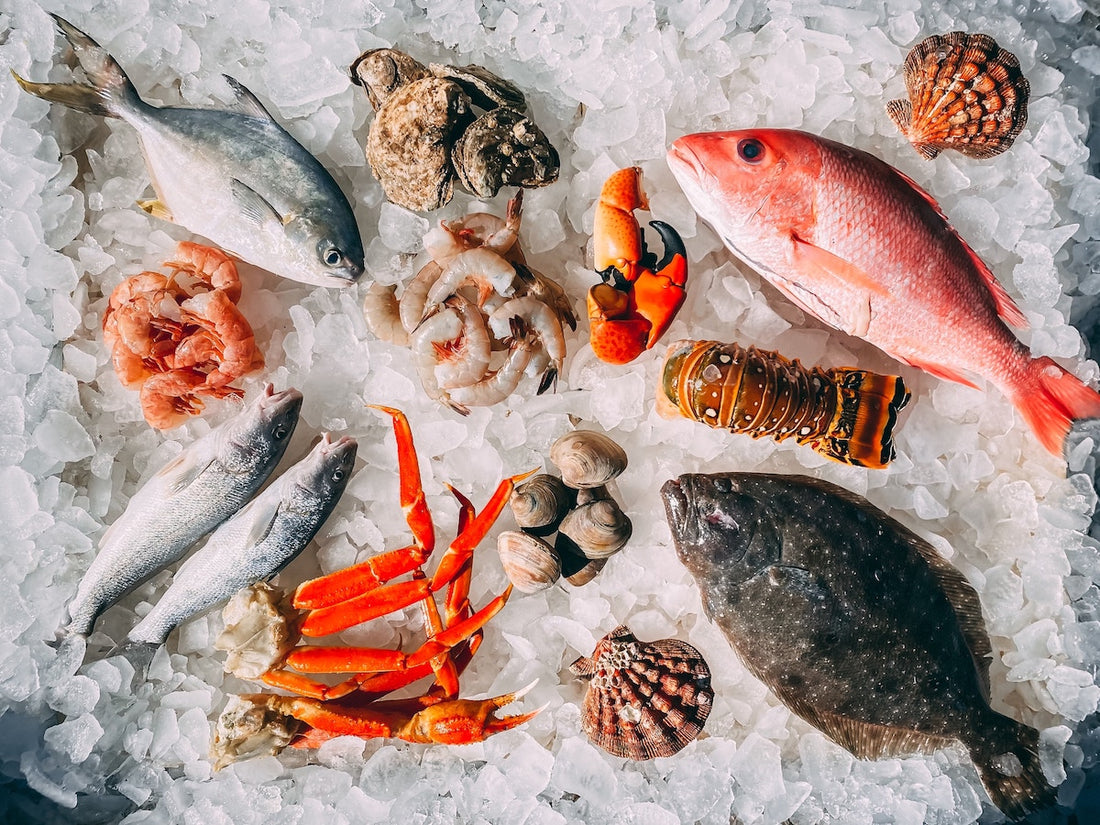
In conclusion, the cost of salmon is influenced by a variety of factors. The combination of aquaculture practices, wild salmon harvesting challenges, global demand and limited supply, and the emphasis on quality and sustainability all contribute to the higher price of salmon. Sustainable practices, such as responsible fishing and aquaculture techniques, play a significant role in determining its cost. While salmon may be expensive, it is worth considering the ethical and environmental impact of its production. By understanding these factors, consumers can make informed choices when purchasing salmon and support the sustainability of the industry.
Summary Of The Factors Affecting The Cost Of Salmon
The cost of salmon is influenced by a combination of factors. Aquaculture practices, such as raising salmon in fish farms, contribute to increased production costs and can affect the price. Wild salmon harvesting also faces challenges, including environmental factors and regulations, which can impact availability and pricing. Furthermore, the global demand for salmon and limited supply contribute to higher prices. Additionally, the emphasis on quality and sustainability plays a role in determining the cost of salmon. Considering these factors is essential for consumers when purchasing salmon and supporting the sustainability of the industry.
Importance Of Considering These Factors When Purchasing Salmon
When purchasing salmon, it is crucial to consider the factors that affect its cost. Understanding these factors helps consumers make informed decisions and supports the sustainability of the salmon industry. By considering the impact of aquaculture practices, wild salmon harvesting challenges, global supply and demand, as well as the emphasis on quality and sustainability, consumers can choose salmon that aligns with their preferences and values. Additionally, considering these factors ensures that consumers are aware of the environmental impact and social responsibility associated with their salmon purchase, promoting sustainable and responsible consumption.
Frequently Asked Questions: Why is Salmon So Expensive?
Q: Why is salmon so expensive compared to other types of fish?
A: There are a few factors that contribute to the higher price of salmon. Firstly, the demand for salmon is consistently high due to its popularity as a delicious and nutritious seafood choice. This high demand drives up the market price. Additionally, the farming and harvesting methods for salmon require specific conditions and procedures that can increase production costs. Furthermore, the transportation of salmon is usually a complex process, often involving long distances and careful handling, which adds to the overall expense.
Q: Does the scarcity of wild salmon influence its cost?
A: Yes, the scarcity of wild salmon plays a significant role in its higher price. Wild salmon populations have faced challenges due to overfishing, habitat degradation, and environmental changes. As a result, the supply of wild salmon has decreased, making it less accessible and more expensive.
Q: Why is farmed salmon still costly?
A: While farmed salmon may be more readily available than wild salmon, its production involves several expenses. Fish farms require significant investments in infrastructure, equipment, and staff. The fish are also given special diets tailored to their nutritional needs, including fishmeal and fish oil, which add to the cost. The farms must also maintain strict monitoring and control measures to prevent diseases and ensure water quality, contributing to the higher price.
Q: Does the quality of salmon affect its price?
A: Absolutely. The quality of salmon, especially with regards to its taste, color, texture, and overall appearance, can significantly impact its price. High-quality salmon that is free from defects and has desirable traits is often valued more highly and commands a premium price.
Q: Are there any seasonal factors that affect the price of salmon?
A: Yes, seasonality can influence the price of salmon. During certain times of the year, the availability of salmon may vary due to factors such as migration patterns or spawning seasons. When supply is limited during these periods, the price may increase. Additionally, specific species of salmon, such as Copper River salmon, are highly prized and only available for a short period, which also contributes to their elevated cost.
Q: Are there alternatives to expensive salmon?
A: Yes, there are several alternatives to consider if you’re looking for a more budget-friendly option. Some examples include trout, mackerel, sardines, or herring, which are generally more affordable while still providing similar levels of omega-3 fatty acids and health benefits.
In conclusion, the high demand, scarcity of wild salmon, production expenses in farming, transportation costs, quality considerations, and seasonal factors all contribute to the relatively higher cost of salmon. While it may be pricier compared to other fish, the taste, nutritional benefits, and versatility of salmon make it a favorite among seafood enthusiasts.

A small, independently run fish and chip shop using quality ingredients cooked freshly in our kitchen to ensure great tasting food. All of our drinks are in glass bottles, and all of our takeaway packaging is recyclable or compostable to help reduce our impact on the environment.